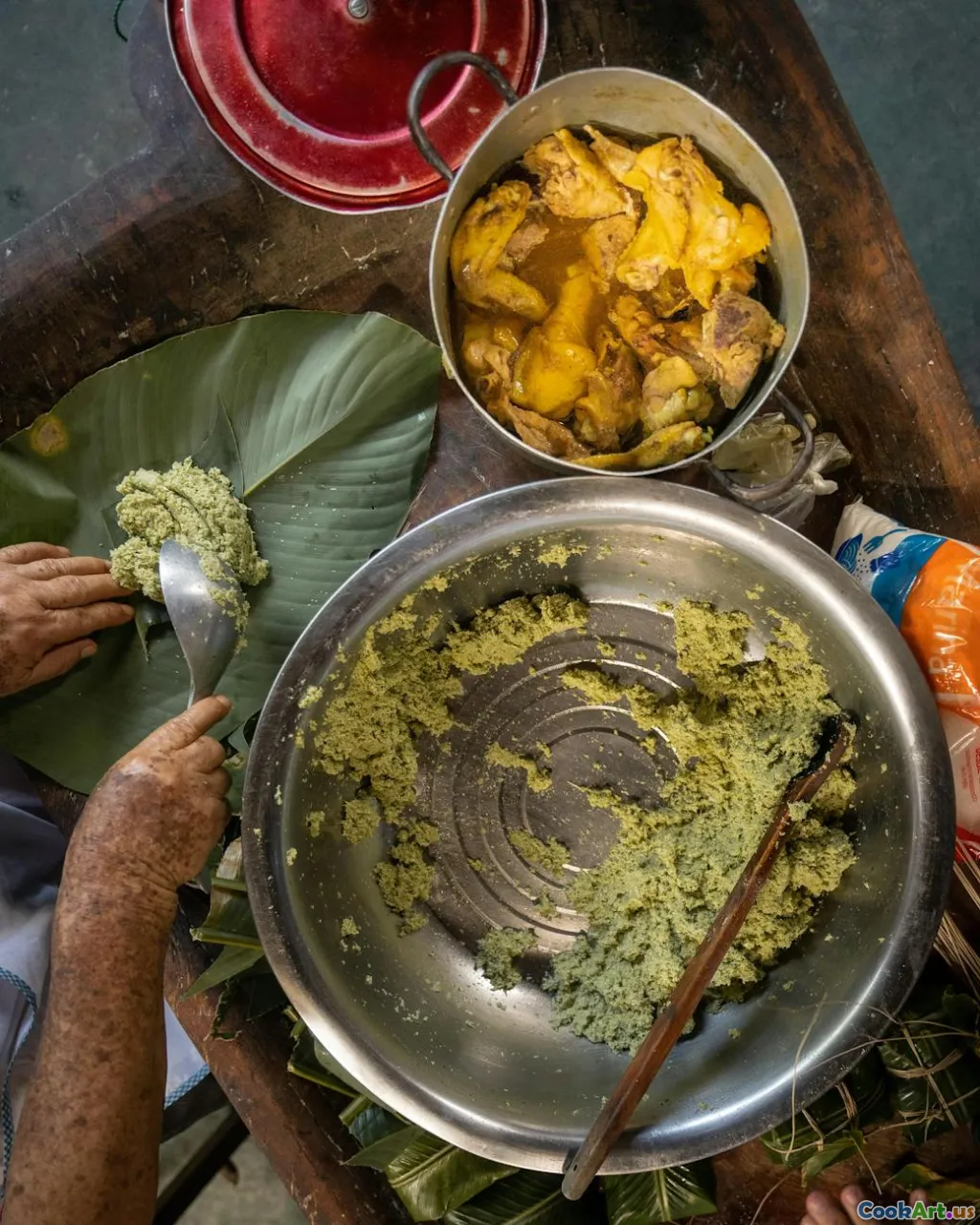The Role of Culinary Traditions in Kenya
7 min read Discover how Kenya's rich culinary traditions shape its identity, weaving history, culture, and community through vibrant flavors and timeless practices. April 26, 2025 18:55
The Role of Culinary Traditions in Kenya
Kenya, a land of breathtaking landscapes and diverse cultures, is also a mosaic of culinary traditions that have been woven through generations. Imagine walking through bustling markets in Nairobi, the air thick with the aroma of roasting maize, spicy sukuma wiki, and grilled nyama choma. These flavors are more than just sustenance; they are stories, histories, and identities etched into every dish. In this article, we explore the profound role of culinary traditions in shaping Kenya's cultural fabric, revealing how food acts as a vessel for history, community, and identity.
The Historical Roots of Kenyan Cuisine
Kenyan cuisine is a reflection of its complex history—an intersection of indigenous practices, migration, trade, and colonial influences. Long before colonial borders were drawn, the native communities—such as the Kikuyu, Luo, Maasai, Kalenjin, and Luo—developed distinct food cultures that centered around their environment.
Indigenous Ingredients and Techniques
The fertile highlands, arid savannahs, and coastal regions provided a bounty of ingredients like millet, sorghum, yams, fish, and coastal spices. Traditional cooking techniques like pounding, roasting, and fermenting have been passed down for centuries. For instance, ugali, a staple made from maize flour, is traditionally prepared by boiling a thick porridge and then stirring vigorously until smooth—a ritual that symbolizes unity and community.
The Impact of Trade and Migration
Trade routes along the Indian Ocean introduced spices, rice, and new cooking methods to the coast, giving rise to Swahili cuisine—an aromatic blend of African, Arab, and Asian influences. The bustling port city of Mombasa became a melting pot where flavors like coconut milk, cardamom, and turmeric became staples.
Culinary Traditions as Cultural Identity
Culinary practices in Kenya are more than just nourishment; they are expressions of identity, social status, and history.
Community and Sharing
Food in Kenya often revolves around communal eating—whether it's a family gathering around a fire roasting nyama choma (grilled meat) or a celebration with traditional dishes like irio (a mixture of mashed potatoes, peas, and spinach). These shared meals foster a sense of belonging and reinforce social bonds.
Rituals and Celebrations
Special occasions such as weddings, initiation rites, or harvest festivals feature unique dishes that carry symbolic meaning. For example, during the Maasai Eunoto ceremony, milk and meat are offered, symbolizing strength and unity. These culinary rituals preserve cultural heritage and pass down stories from elders to the younger generations.
Preservation of Indigenous Foods
Despite globalization, many communities strive to preserve their traditional ingredients and recipes. Indigenous grains like millet and sorghum are increasingly valued for their health benefits and cultural significance, reinforcing a connection to ancestral practices.
Personal Stories and Cultural Significance
I recall visiting a small village in central Kenya, where I was invited to a family’s home for a meal. The aroma of nyama choma filled the air—succulent, smoky, and perfectly seasoned. As we shared the meal, I learned that this dish was more than just food; it was a symbol of hospitality, respect, and community.
Similarly, in coastal towns, the preparation of pilau—a fragrant rice dish cooked with spices—is a ritual that brings families together, especially during celebrations. These moments embody the heart of Kenyan culinary traditions: food as a conduit for connection.
The Role of Modernization and Preservation
Today, traditional culinary practices face challenges from fast food and urbanization. However, there is a growing movement among Kenyans to revive and celebrate their food heritage.
Culinary Tourism and Cultural Festivals
Events like the annual Kenyan Food Festival showcase indigenous dishes, encouraging younger generations to appreciate their culinary roots. Culinary tourism also promotes local ingredients and traditional techniques, fostering pride and economic development.
Culinary Innovation
Chefs in Kenya are blending traditional flavors with contemporary techniques, creating dishes that honor history while appealing to global palates. This fusion ensures that culinary traditions remain vibrant and relevant.
Conclusion
Kenya’s culinary traditions are a living testament to its rich history, diverse cultures, and resilient communities. They serve as a bridge connecting the past to the present, fostering a sense of identity and pride. Whether it’s the communal joy of sharing ugali and nyama choma or the intricate spices of coastal pilau, food in Kenya is much more than nourishment—it’s a celebration of life, culture, and community. Embracing and preserving these traditions ensures that Kenya’s vibrant culinary heritage continues to thrive for generations to come.
Embark on a culinary journey through Kenya’s rich traditions and discover how food shapes its people, history, and soul.









